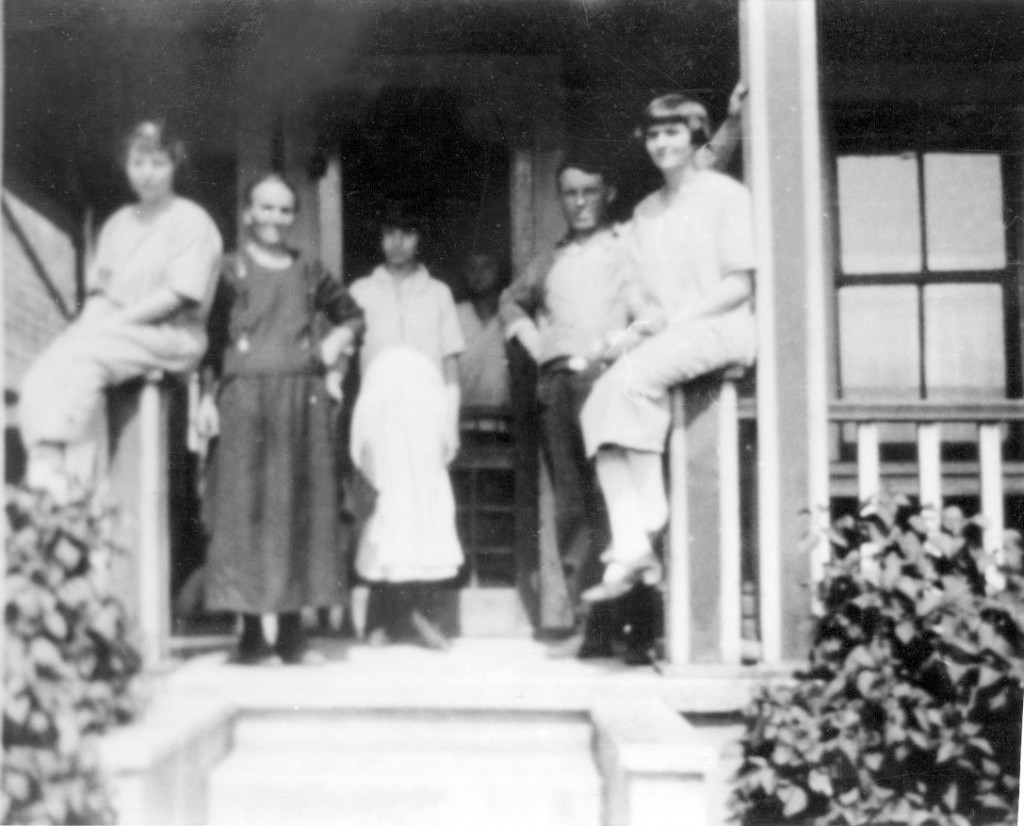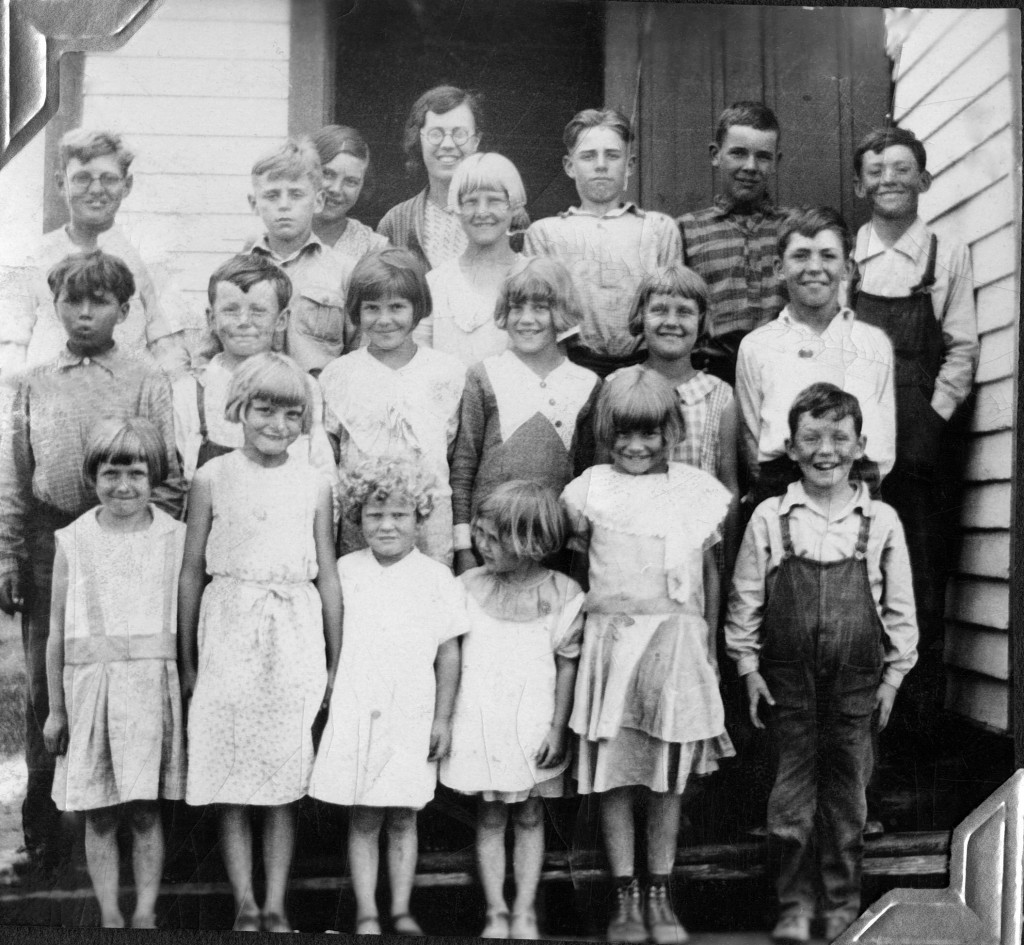Why are we looking for this information?
Even if we can look for online genealogical information and seek assistance from librarians, we can also learn about genealogy from each other, through social media: nowadays we can post genealogy queries on Facebook, we can follow other amateur or professional genealogists on Twitter, and we can connect with other researchers virtually by attending online webinars or by joining genealogical societies.
Friending and following genealogists can lead us to new genealogy resources, strategies and tips. Plus, it feels good to participate in a community of people as passionate about something as we are. The effective side must not be disregarded: in addition to seeking a connection to ancestors, the genealogical activity is characterized by making connections not just to get information but to give back to the genealogical community by doing things such as transcribing records, creating inventories of cemetery grave markers, or volunteering at genealogical resource centers.
What are the smartest strategies to connect with other genealogists online?
- To join the family history conversation you can connect with other genealogists at social communities like Facebook, Twitter, Pinterest, and YouTube.
- You can also opt for joining a genealogical society. This is another smart way to meet fellow genealogists. Most of these groups have monthly meetings in public spaces such as libraries, town halls or churches. Many have events both online and offline and even organize research trips.
Is it hard to get this information?
Actually, it isn´t.
- In Facebook you can join groups and “like” pages related to genealogy such as Findmypast, or genealogical societies from places where your ancestors lived. To do so, in the “search for people, places and things” box at the top, type a term such as “ancestors” or “genealogy”. Before hitting Enter you can choose from the options that automatically appear, or click See more results at the bottom of the list to see more people, groups (open or closed, meaning you must request to join), events and apps related to your search terms.
- On Twitter, you can use the search box at the top to find Twitterers to follow (similar to Facebook). Use a hashtag (#) to search for posts tagged with a particular topic. For example Findmypast can also be followed on Twitter.
- YouTube lets you search for videos using the search box at the top of the page. Once you find a video you like, you can click the red Subscribe button (if you’re a YouTube member) to make it easy to find that channel again.
- On Pinterest, try entering for example family tree into the search box at the top left. You’ll see pins (images) related to your search. Click the Boards tab to see other people` public boards with family tree in the title. If you’ve registered for Pinterest, you can have your own board, repin a pin or follow another member, either if you know this person or not. Sometimes, when clicking on a pin you can link to the source website (unfortunately not all pins link to more information). An amazing thing about Pinterest is that, once you are a member, Pinterest can keep track of other searches for images you do on google and keep you informed via mail what other Pinterest members have added to their public boards that might be of interest to you!
- With reference to genealogical societies, you can carry an internet search for genealogy or historical societies near your place, or check with your local library. You don´t even need to limit yourself to just local societies. Cyndi’s List (check: http://www.cyndislist.com/) offers a comprehensive listing of societies and groups including national, ethnic, lineage and religious organizations.
- Last but not least, do not forget to ask your genealogy friends (on Facebook and in real life) who they follow as there are big chances that the people they follow are potential good mates for you too.
By, Carmen Vazquez Sibils







